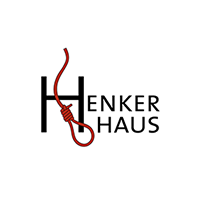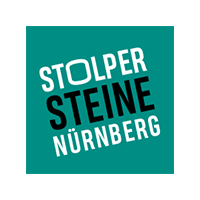| Location of stone: Fürther Strasse 9a | District: Gostenhof |
| Sponsor: Dr. Tobias Jockenhövel | Laying of stone: 20 September 2010 |
Biographies
On 20 September 2010 Gunter Demnig laid two stumbling stones – for Edith Bartfeld (née Landmann) and her daughter Gerda. Both of them were deported to Izbica in 1942 and murdered there.
Edith Landmann was born in Nuremberg on 9 March 1910, the daughter of Joachim Landmann, a trader. On 24 August 1932 she married David Bartfeld, who worked as a travelling salesman. Daivd was born on 16 March 1896 in Deliatyn in Galicia. Today the settlement is part of Ukraine. His father Isaac Bartfeld was a baker.
Before David came to Nuremberg in July 1932, he lived in Staßfurt, south of Magdeburg. On 25 December 1933 the couple’s daughter Gerda was born in Nuremberg. Three months later, on 13 March 1934, the police administration in Nuremberg-Fürth expelled David permanently from Bavaria. They were allowed to do this because he was a Polish and not a German citizen. However, the reason for their action is not known. David went back to Staßfurt, while Edith remained with her daughter in Nuremberg.
In the course of the “Polish Action” (“Polenaktion”) David was deported to Poland on 28 October 1938. On that day, by order of the Reich Government, about 17,000 Polish Jews in the territory of the German Reich were expelled. These were forced deportations, carried out without warning. The context for the action was provided by a decree from the Polish government, which ruled that the passports of Polish Jews were no longer valid if they had spent more than five years abroad.
On 1 August 1939, according to an entry in the residence files, David returned from Poland to his wife and daughter in Nuremberg. Presumably he was residing illegally in the city. On September 8, a few weeks after his return, the Nuremberg police took him into protective custody and he was sent to Buchenwald concentration camp. Within the framework of “Action 14f13” – a programme to murder prisoners who were deemed no longer fit for work – David was moved to the killing centre in Bernburg on 2 March 1942, where he was gassed.
A few days later, Edith and nine-year-old Gerda were among the 989 Jews from all over Franconia who were transported to Izbica by train on 24 March 1942, during the second deportation from Nuremberg. All those deported in this train were murdered.
On 26 March 2013 Gunter Demnig laid a stumbling stone in Staßfurt for David Bartfeld.
- Nuremberg City Archives, C 21/X No.1 registration card.
- Nuremberg City Archives (ed.), Gedenkbuch für die Nürnberger Opfer der Schoa (Quellen zur Geschichte und Kultur der Stadt Nürnberg, vol. 29), Nuremberg 1998, p. 18f.
- www.bundesarchiv.de/gedenkbuch/de837327 [accessed on 24 June 2021].
- Alfred Gottwaldt/Diana Schulle: Die „Judendeportationen“ aus dem Deutschen Reich von 1941-1945. Eine kommentierte Chronologie, Wiesbaden 2005, p. 185f.


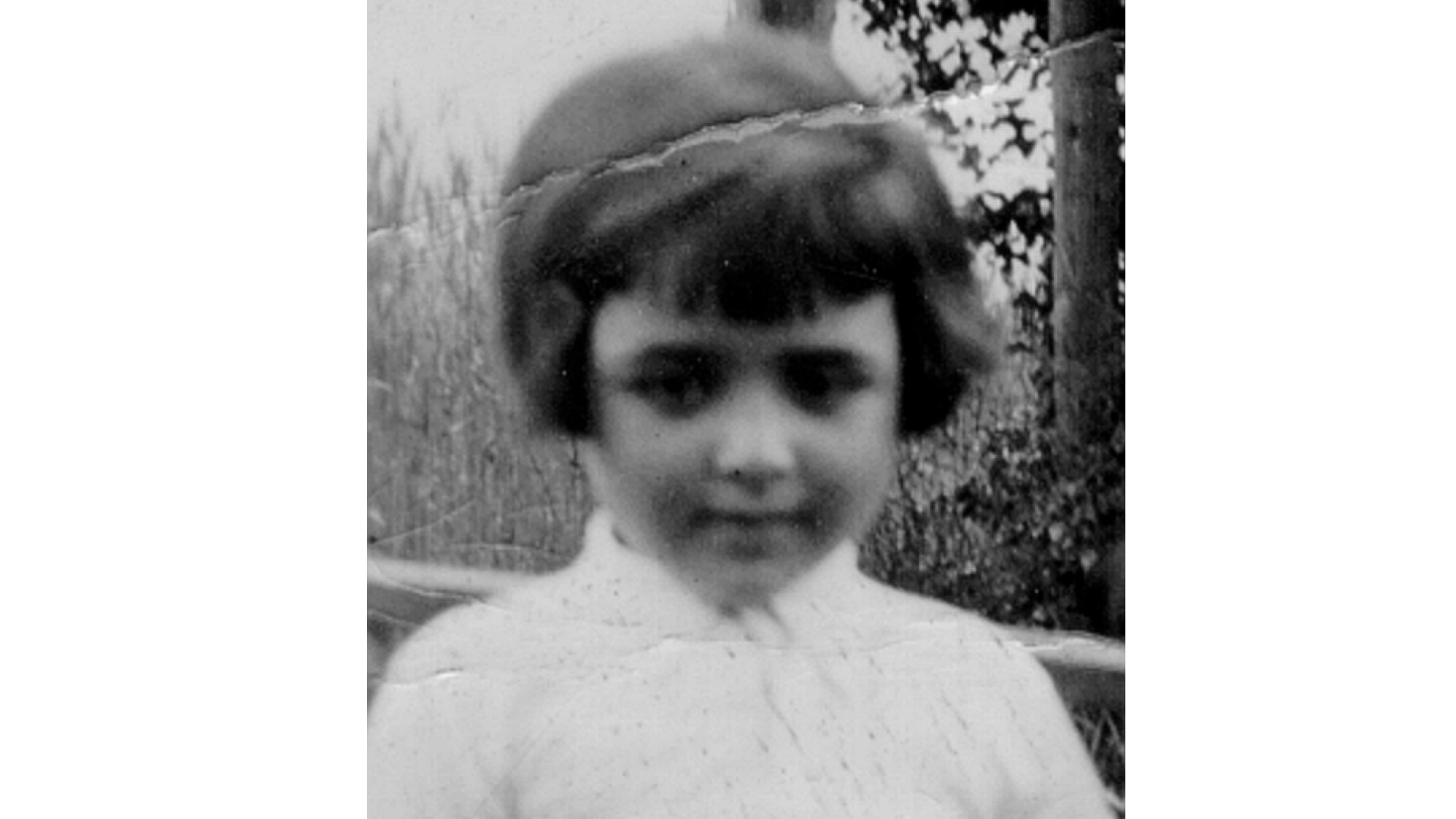

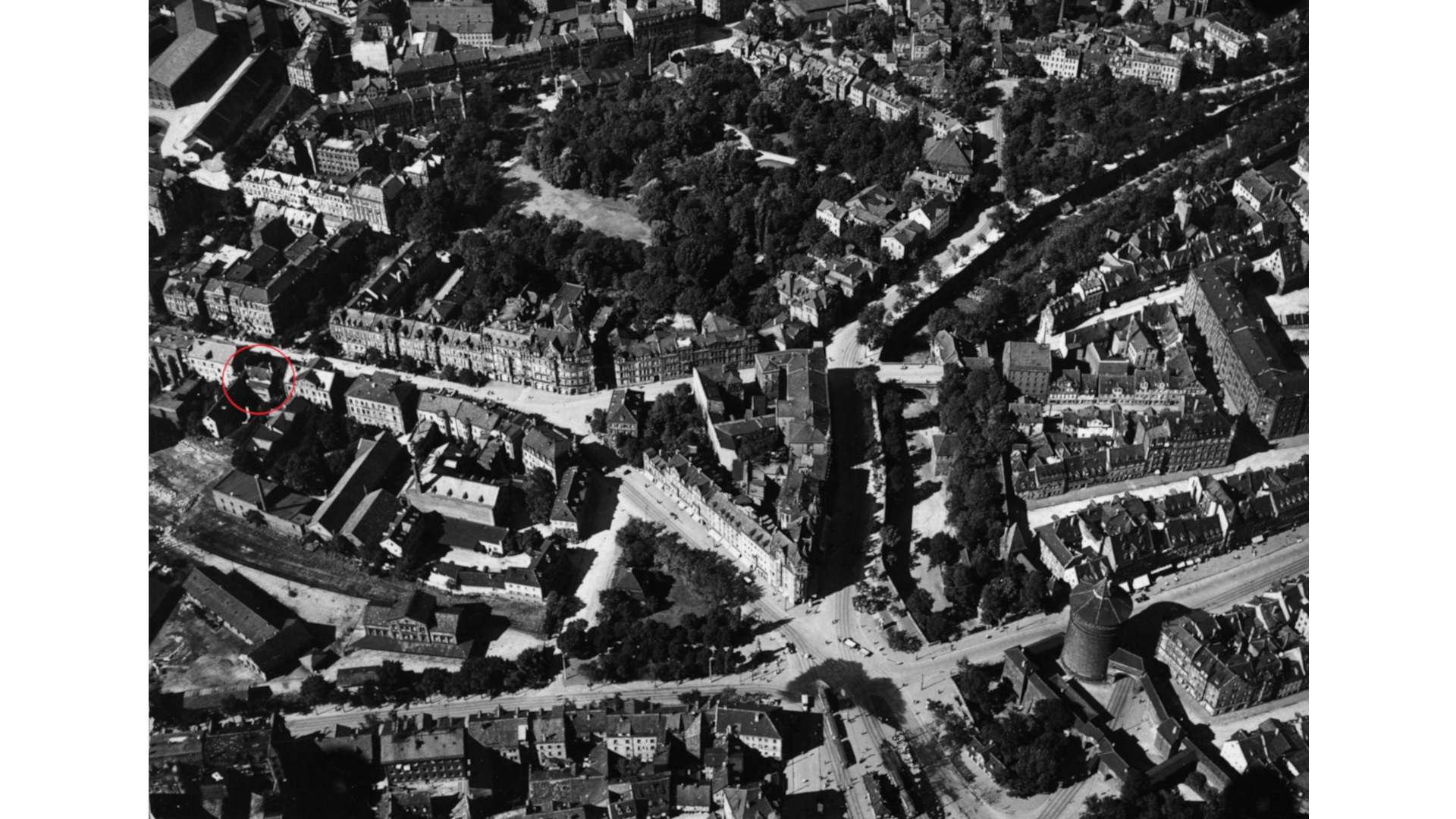

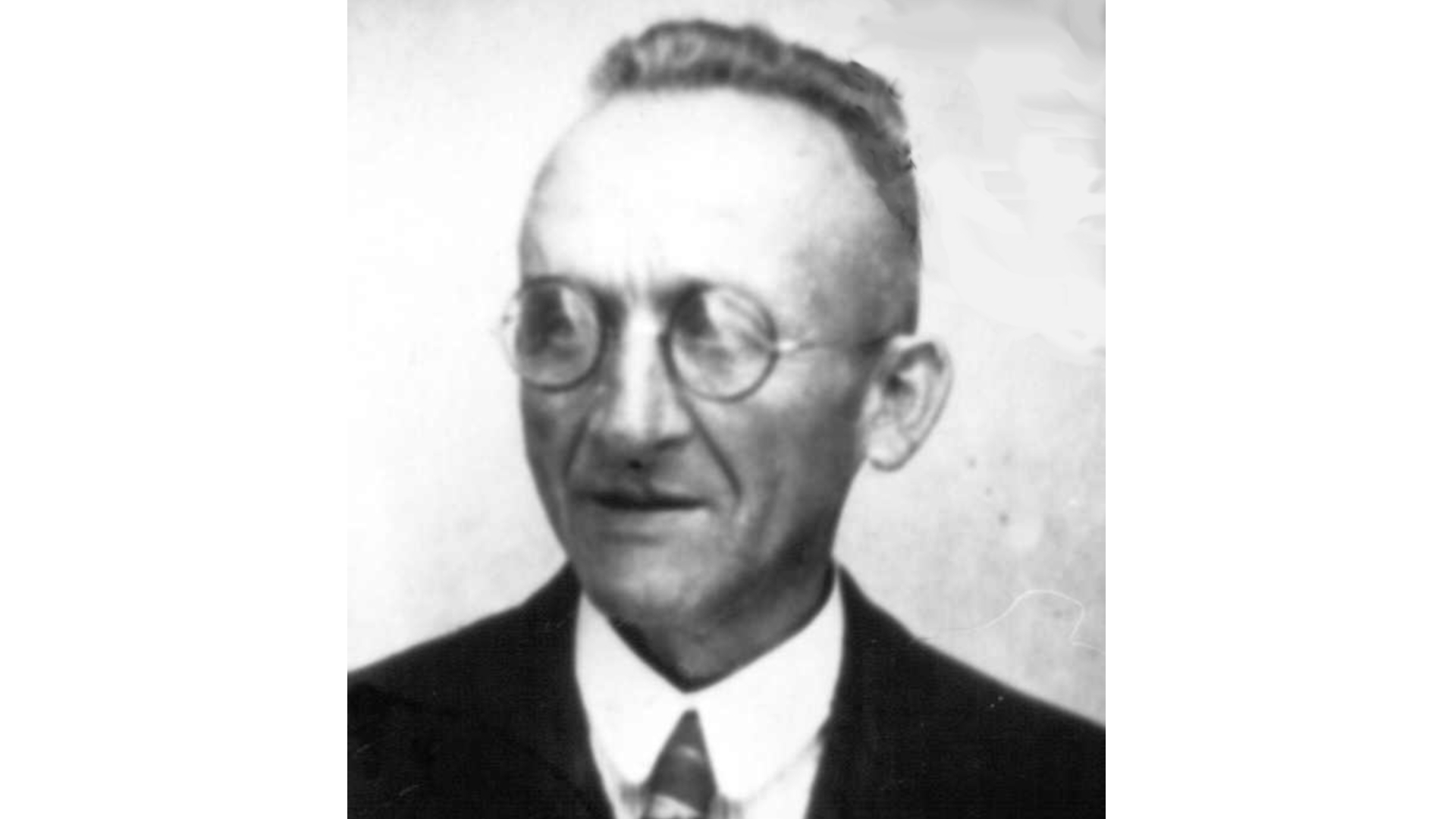

![[Translate to English:] [Translate to English:]](/fileadmin/Stolpersteine/Portraits/Fleissig_Wilhelmine.jpg)
